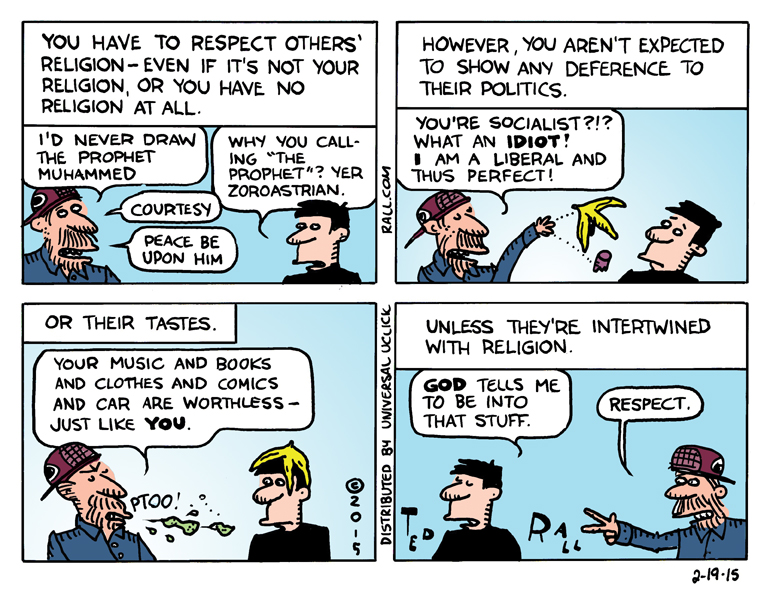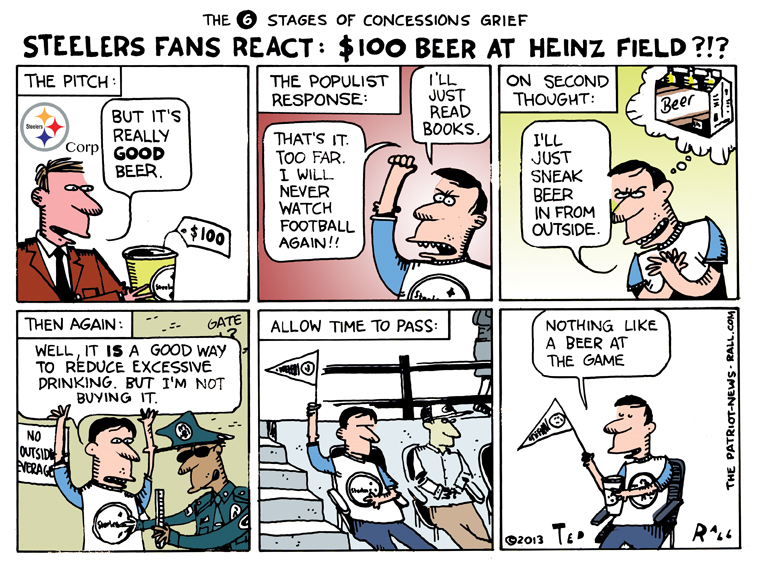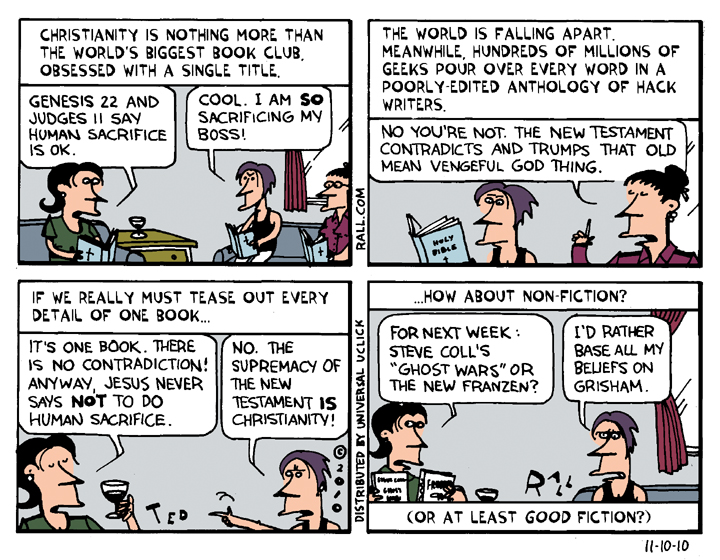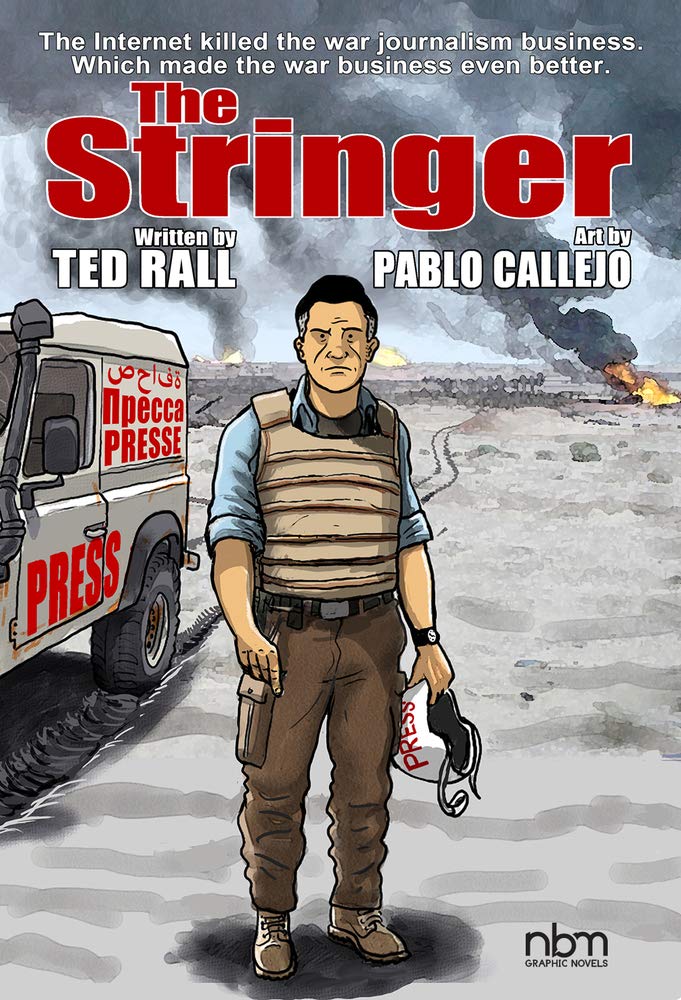 I am excited to announce that my next graphic novel collaboration with the brilliant Spanish illustrator Pablo Callejo is now available for pre-order. Long time readers will recall that Pablo was the illustrator of my graphic memoir “The Year of Loving Dangerously,” which is currently in development to become a possible TV series.
I am excited to announce that my next graphic novel collaboration with the brilliant Spanish illustrator Pablo Callejo is now available for pre-order. Long time readers will recall that Pablo was the illustrator of my graphic memoir “The Year of Loving Dangerously,” which is currently in development to become a possible TV series.
THE STRINGER, written by your favorite cartoonist and occasional war correspondent, he’s ripped from the headlines and anticipates the brave new world of fake news and deep fake video. It’s a love letter to journalism, a story with a double twist ending and, as always, a deeply personal and political take on the state of the world today. I’m extremely proud of it.
Of course you can wait to order the book directly from me or from your local independent bookstore but if you pre-order from Amazon you will directly impact the overall success of the book because of the outsized impact of Amazon pre-orders. I’ll leave the ethics of book buying to you. Thanks for reading!

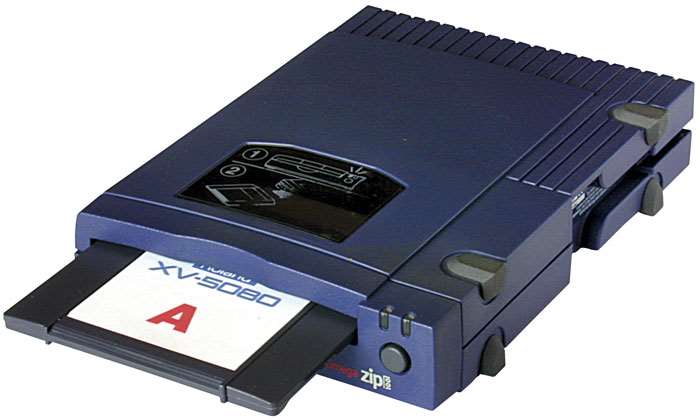 Historians and archivists call our times the “
Historians and archivists call our times the “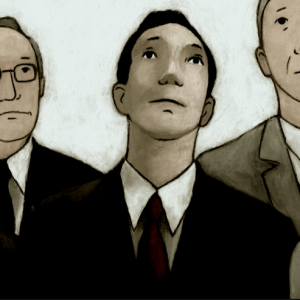 The Times doesn’t have many pieces I want to read anymore.
The Times doesn’t have many pieces I want to read anymore. 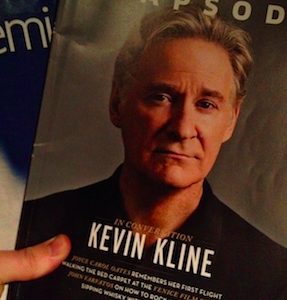 So, today I read The Times in a slow-down-to-check-out-the-car-wreck way. And I came across an item that brought home the widening cultural class divide. Here it is:
So, today I read The Times in a slow-down-to-check-out-the-car-wreck way. And I came across an item that brought home the widening cultural class divide. Here it is: Alter continues, “There are no airport maps or disheartening lists of in-flight meals and entertainment options in
Alter continues, “There are no airport maps or disheartening lists of in-flight meals and entertainment options in 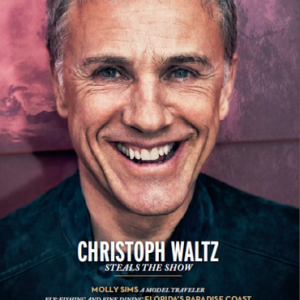 Purveyors of literary fiction sometimes wonder aloud why their non-genre genre
Purveyors of literary fiction sometimes wonder aloud why their non-genre genre 